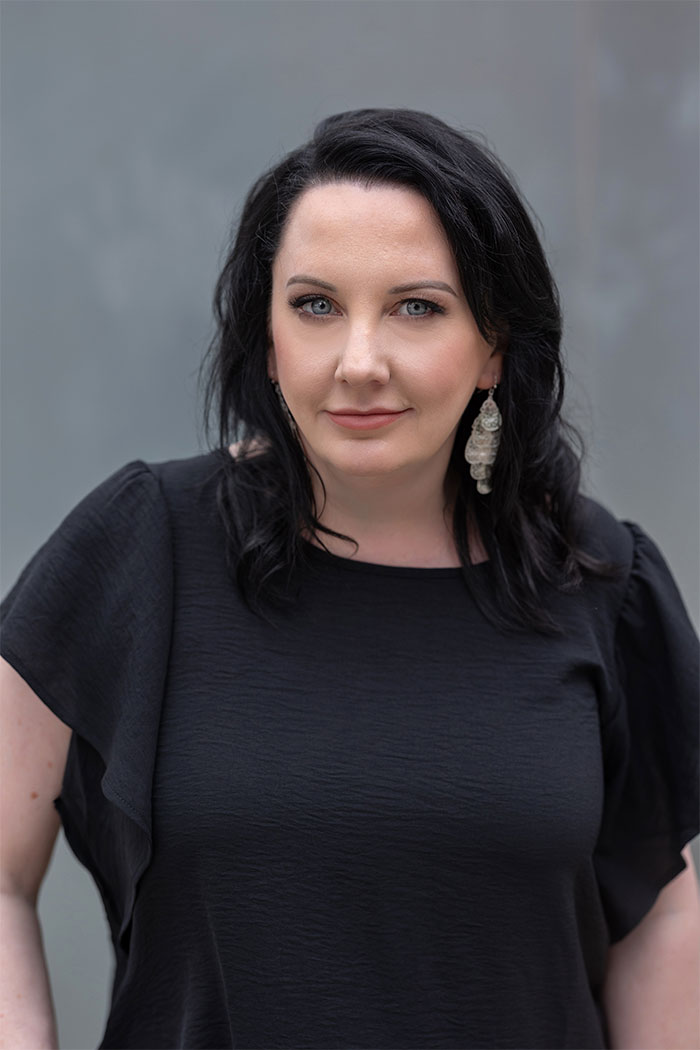The Cassette Tape
I was five years old in March of 1985 when my dad came home from work with a “new surprise”. Growing up on Long Island, my dad worked the night shift at NBC Studios at 30 Rock in NYC. Since network news stations were typically given advanced copies of new releases of music and movies, this meant my sister and I got to hear and see iconic pop culture moments in history before the majority of the world. Looking back, I have a whole new appreciation for being afforded that privilege.
“Here you go girls.”
My dad proudly hands us the cassette tape with [We Are The World – NBC-NYC] across the top. Working nights and sleeping all day, it was the time we spent together on the weekends and these occasional surprises that took the edge off, for all of us.
We ran to the the TV room to play it on the “big stereo” – picture the boom box from the movie Say Anything. I didn’t know what to expect, since the last BIG surprise was a pre-release VHS tape with Michael Jackson’s Thriller video – PS: I’m still terrified of those stupid amazingly choreographed zombies. We press play, turn up the volume, and settle in on the floor with crisscrossed legs.
After the twinkly anthem-style instrumental lead-in, Lionel Richie, as only he can, softly sings:
“There comes a time, when we heed a certain call. When the world must come together as one.”
I was transfixed. My sister liked the song, but I was OBSESSED. I must have rewound that poor cassette tape at least 20 times the first day we got it, while yells of “Okayyy…that’s enough…” bellowed from the other side of our under 1000 square-foot house.
The Netflix Documentary
This past Tuesday evening I was over visiting with my neighbors when I learned of the new Netflix documentary, The Greatest Night in Pop (click for official trailer) where they show intricate behind the scenes footage of the compassionate, and often chaotic, collaboration of 45 legendary artists/musicians who dropped everything to create a song, not only to raise relief money for the drought-induced famine in Africa, called “the worst ever in living memory” by BBC News (trigger warning: see real-time footage), but to restore a sense of unity among human beings around the world. It was already 9pm but I was not going to bed without seeing it first. Needless to say I was up until 1am bawling my eyes out.
Here’s why…
Even though the song itself has been etched into my soul and psyche since I was a child, I had no idea about the level of strategy, servant mindset, and authentic leadership it took to write, record, and produce this historical treasure in three short weeks!
The Recording Studio Dynamic
Harry Belafonte (the classic calypso crooner) joined forces with Quincy Jones (the legendary legend-maker, who is still alive, and has his own Netflix documentary, simply called QUINCY, that is also a MUST SEE, and something I watch every few months to re-inspire myself to as he says, “dream so big that you can’t get an ego cause you’ll never fulfill all those dreams.”), and 45 others to make the song.
The recording session took place immediately following the 1985 American Music Awards at A&M Studios in Los Angeles and lasted until 7am the next morning.
Below are just a few examples of I what I believe to be 5 essential lessons in fostering and facilitating a culture of authentic leadership, regardless of whether it’s a one time event, or a global company.
- Have a Clear Vision: By the time Quincy Jones worked on “We Are the World” in 1985, he had an extensive career in music production, spanning various genres and decades. As a veteran visionary leader he knew just how to piece together a plan, find the best possible talent available to execute his strategy, and act as their “Master Conductor”.
- Check Your Egos at the Door: Quincy was the originator (OG) of this phrase, now commonly used in corporate meetings and retreats, when he posted a sign on the door to the recording studio. He was well prepared, as was his team, for managing the personalities of so many hugely famous artists. He set and maintained precise boundaries of time, expectations, and behavior.
- Stick to the Strategy and System: When things inevitably went off the the rails, Lionel Richie was prepared to act as the “fixer”. He was constantly scanning the space for signs of derailment and then jumped in to playfully and skillfully get things back on track. At one point Stevie Wonder, who was more of a diva than I would have ever guessed, went off script and randomly started singing in Swahili. After many hours, those who had worked the AMAs, or whom came straight from their own music tours directly to the studio, were about to lose it. Ray Charles yells back to the production room, “ring the bell Quincy, ring the bell” and then Bob Geldof (Pink Floyd) had to explain that the song is for everyone not just Africa, and that those who are predominantly impacted don’t even speak Swahili. You see, Stevie was originally invited to write the song himself, but didn’t respond until weeks later when it was already written by Michael Jackson and Lionel Richie, and I think he was posturing to regain some sort of unique creative influence. It didn’t go over well at all.
- Properly Position Differences in Range: Well in advance of the actual recording session, vocal experts on the team listened to the various voices of all of the artists selected to perform solo lines that would lead into one another, layering and progressing in range in real-time. Even during the part where they were recording the base chorus track portions, those whose voices didn’t meet the range required, were instructed to just hang back. The names of the singers were written on duck tape and placed on the floor in the order they were to sing, which eliminated the likelihood of confusion or reshuffling. Poor Bob Dylan was so out of sorts he looked like a dear in headlights almost the entire time. The studio was cleared in order for him to gain his footing to sing only two lines.
- Revisit the Mission to Restore Resilience: Throughout the roughly ten hours it took to record the song, irritation, exhaustion, and insecurities were in constant flux. Once again, the catalyst for the song’s existence, Bob Geldof, took every opportunity to remind everyone why they were there in the first place: millions of sick and starving fellow humans, with no access to food or water, just watching each other slowly die of starvation. That snapped these superstars out of their own spotlight-syndrome real fast. The best way to restore resilience in a team is to revisit the core mission and get them back into the heart and feeling of the vision and mission.
I could go on and on, but this article is getting pretty long already. If you are in leadership or aspire to be, I highly encourage you to watch both the Quincy and Greatest Night in Pop documentaries on Netflix. They are a bit long, but time well spent. Whether you like the song or not, it’s the process of it’s creation, people joined together, doing what they love, doing what they were born to do, that is a true example of the magic we all seek in our careers: authenticity.
Thanks for reading!
SINCE ITS RELEASE, “WE ARE THE WORLD” HAS RAISED OVER $160 MILLION FOR HUMANITARIAN CAUSES
AND CONTINUES TO RAISE MONEY TO THIS DAY





